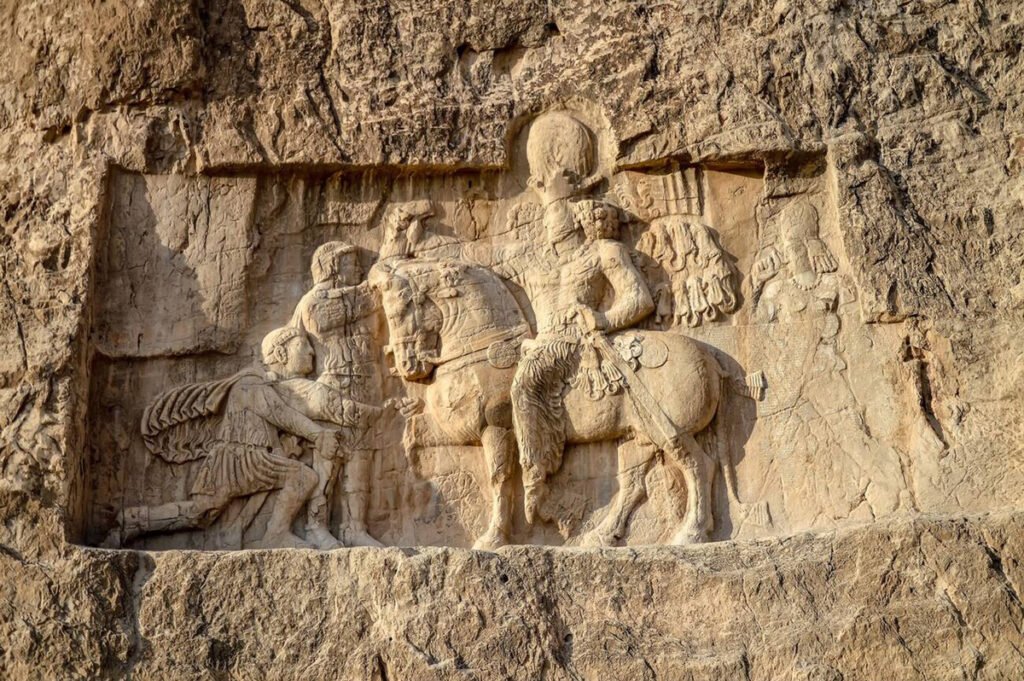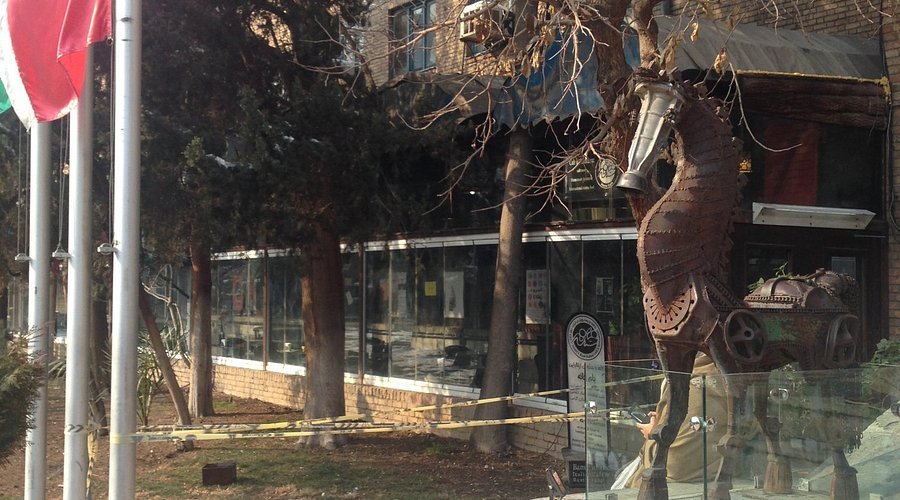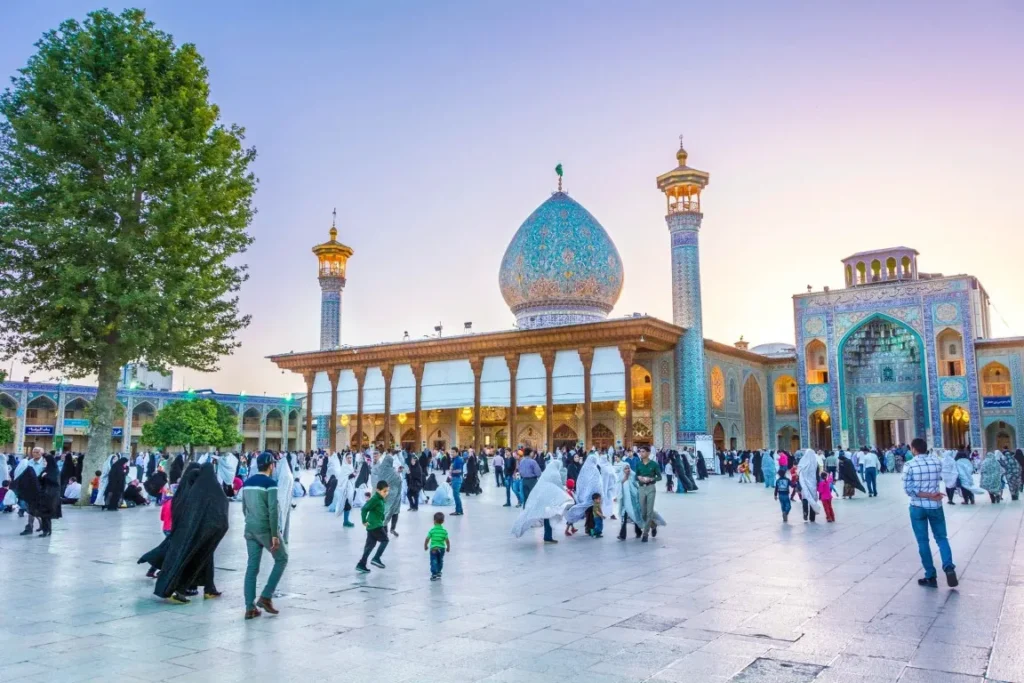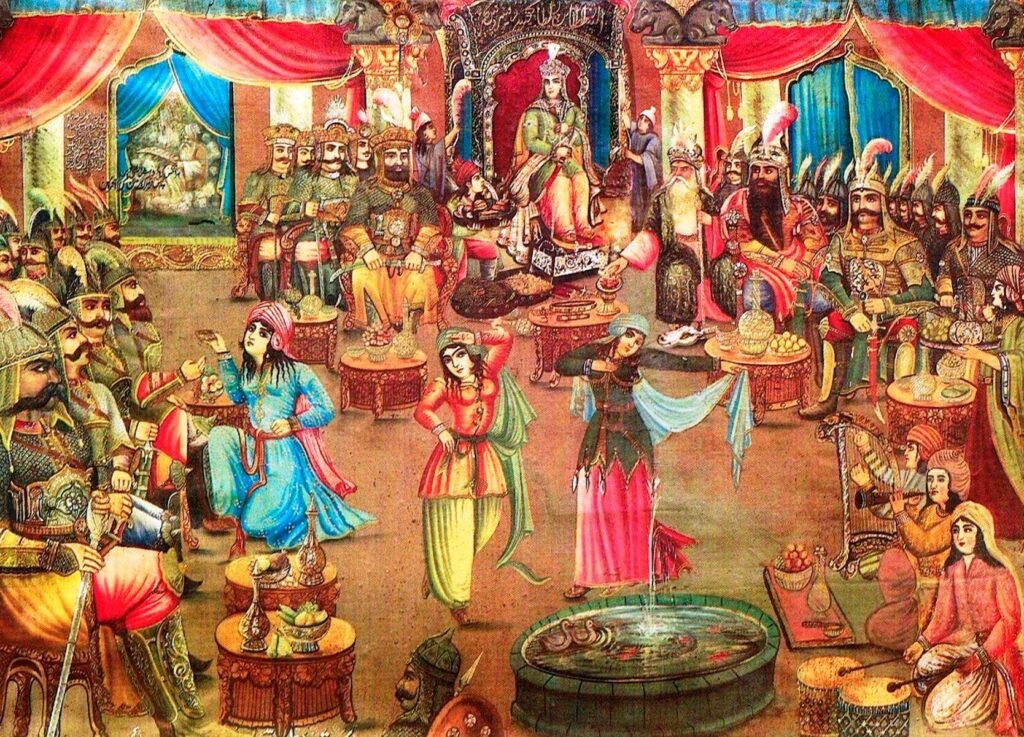Iran best place of art is emerging as a top destination for art lovers. Whether it’s the intricate Persian miniature paintings, colossal Sassanid-era carvings, mesmerizing Islamic architecture, or modern galleries featuring Western classics—this ancient land is a living museum. Join me on a journey across time and tradition as we unravel why Iran is the best place of art.

1. Persian Miniature Painting: Magic on a Small Canvas
The art of Persian miniature began as early as the 3rd century CE, evolving through medieval Islamic empires to reach its golden age in the 15th–16th centuries .
Key features:
- Micro-level detail—no perspective, just layered flat imagery.
- Schools of Tabriz, Shiraz, Isfahan, Qazvin produced vibrant manuscript illustrations of renowned poets: Ferdowsi, Hafez, Nezami .
Visit museums like the Reza Abbasi Museum in Tehran, with exquisite Safavid-era miniatures and pre-Islamic art .
2. Sassanid Reliefs and the Monumental Legacy

Dating to the 4th century CE, Taq-e Bostan near Kermanshah stands as a testament to the Sassanid empire’s grandeur—royal triumphs carved in stone that have withstood centuries en.wikipedia.org.
These monumental stone carvings reveal:
- Regal investiture ceremonies
- Hunting scenes and mythic symbolism
Together with Persepolis ruins and Bas-reliefs, they show Iran’s early artistic ambition and spiritual imagination .
3. Islamic Architecture: Mosaic, Geometry & Light

Safavid architecture crown jewels include:
- Naqsh-e Jahan Square (Isfahan): with the Sheikh Lotfollah and Shah mosques—masterpieces of blue tile mosaic worship.
- Ali Qapu Palace: known for its multi-level architecture and acoustically rich music hall.
Each building balances spiritual significance, community life, and decorative brilliance, embodying Iran’s architectural genius.
4. Museum Culture: Preserving the Past & Present

National Museum of Iran (Tehran)
Houses artifacts from prehistoric times to Islamic eras, including Achaemenid and Sassanid relics.
Carpet Museum
A visual feast of Persian weaving traditions—featuring carpets from Tabriz, Kashan, Kerman
Reza Abbasi Museum
Renowned for miniature paintings, calligraphy, pottery, and jewelry spanning multiple eras .
Tehran Museum of Contemporary Art (TMoCA)
Home to masterpieces by Monet, Picasso, Warhol, and a collection of Iranian contemporary art—one of the finest outside the West .
5. Modern Tehran: Galleries & Art Forums

- Tehran Museum of Contemporary Art remains a center for avant-garde art and international masterpieces.
- Iranian Artists Forum, Niavaran Cultural Complex host exhibitions, theater, music—showcasing modern Iranian creativity.
This rising contemporary scene ensures Iran’s art story remains vibrant and evolving.
6. Cultural Immersion & Artistic Travel Experiences

Whether visiting Persepolis during Nowruz celebrations, wandering Shiraz’s Nazar Garden and Qajar palaces, or exploring Sufi shrines, Iran connects you to centuries of artistic and spiritual dialogue.
7. The Art-Fusion of Past and Present

In Iran, ancient artistry continues to influence modern expression:
- Western art mingles in TMoCA with Persian tradition.
- Crafts and heritage meet contemporary design in galleries, fashion, and urban decor.
Why Iran Is the Best Place of Art
- Diverse Art Forms: From prehistoric objects to modern installations—spanning many mediums.
- Historic Depth: Civilization-long art from 10,000 BCE to now.
- Public Access: Heritage sites, museums, exhibitions widely open to explore.
- Cultural Dialogue: Museums and forums encourage global artistic exchange.
- Living Tradition: Art isn’t relic—it thrives in daily life, festivals, and city streets.
Bhutan Itinerary: A 10-Day Iran Art Trail
| Day | Destination | Art Highlights |
|---|---|---|
| 1–2 | Tehran | National Museum, Reza Abbasi Museum |
| 3 | Tehran | TMoCA, Iranian Artists Forum |
| 4 | Shiraz | Persepolis, Nazar Garden |
| 5 | Shiraz | Qajar Palaces, Vakil Bath murals |
| 6–7 | Isfahan | Shah Mosque, Ali Qapu, Chehel Sotoun |
| 8 | Kashan | Borujerdi House miniatures, pottery workshops |
| 9 | Kermanshah | Taq-e Bostan reliefs |
| 10 | Return to Tehran | Carpet Museum, browse bazaar crafts |
Cultural Etiquette & Travel Tips
- Respect religious architecture: modest dress, shoe removal in mosques.
- Cover photography rules: some heritage sites restrict images.
- Hire local guides for deeper context in museums and historical sites.
- Buy art from certified artisans, ensuring authenticity of miniatures or carpets.
Final Thoughts
Iran is not just a travel destination—it’s an art lover’s paradise. With its layers of artistic evolution—from prehistoric relics, Sassanid rock art, Islamic masterpieces to modern galleries—this country offers an unmatched immersive journey into art, history, spirituality, and contemporary creativity. That’s why it’s rightfully celebrated as the best place of art.
👉 Check Out Next on DIYArtifacts
“India vs England: The Real Battle of Art, Heritage & Aesthetic Legacy You Didn’t See Coming”
